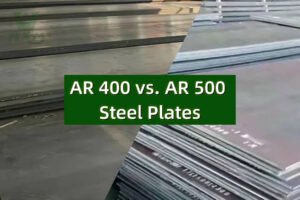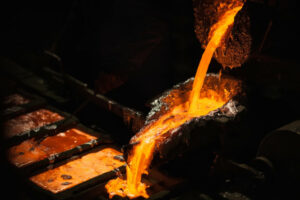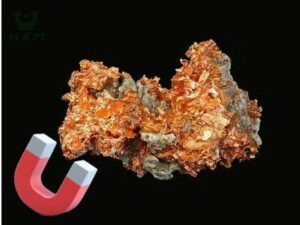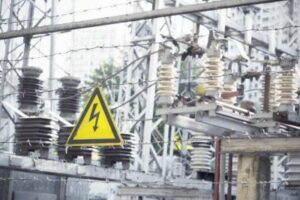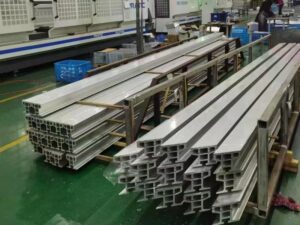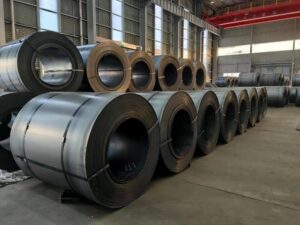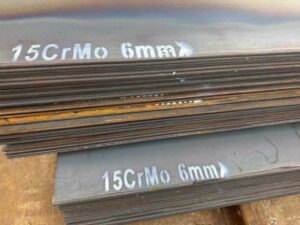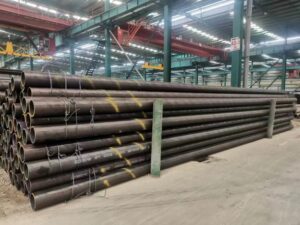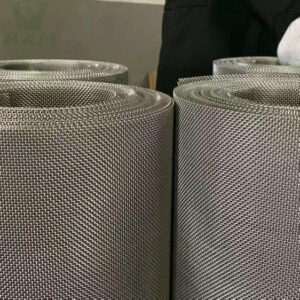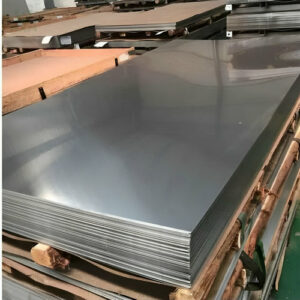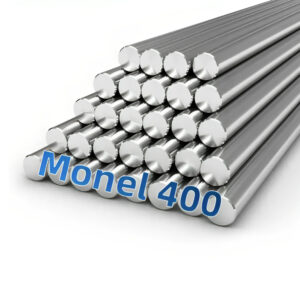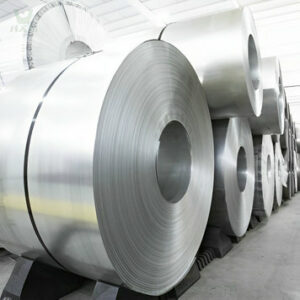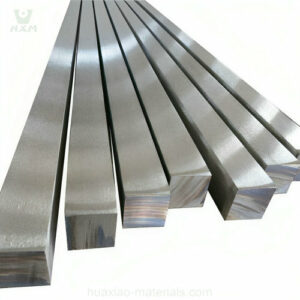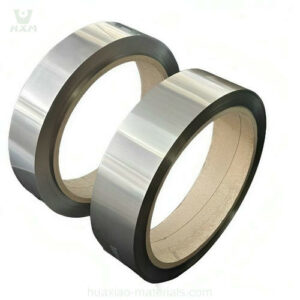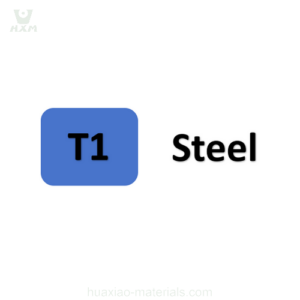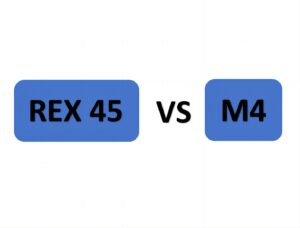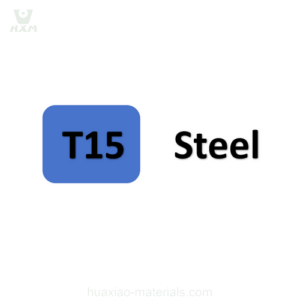When selecting suppliers for 420 stainless steel products, several important factors should be considered to ensure you receive high-quality materials and reliable service. Here are the key factors to keep in mind:
1. Quality and Certification: Ensure that the supplier provides materials that meet industry standards and specifications. Look for suppliers who offer 420 stainless steel products with relevant certifications, such as ASTM or ISO certifications, to ensure the material’s quality and authenticity.
2. Reputation and Experience: Choose suppliers with a solid reputation in the industry. Look for established suppliers with a track record of delivering quality materials and reliable customer service. Customer reviews and testimonials can provide insights into the supplier’s reputation.
3. Material Selection: Verify that the supplier offers a wide range of 420 stainless steel products in different forms (sheets, plates, bars, etc.) and sizes to meet your specific requirements.
4. Technical Support: Opt for suppliers who can provide technical assistance and guidance, especially if you have specific application needs or questions about material properties and performance.
5. Customization: If your application requires customized 420 stainless steel products, ensure that the supplier can provide tailored solutions to meet your specifications.
6. On-Time Delivery: Timely delivery is crucial for your projects. Choose suppliers with a reliable track record of delivering products on schedule.
7. Pricing and Value: While cost is a consideration, prioritize value over the lowest price. Compare prices from different suppliers, but also assess the quality, certifications, and services offered to ensure you’re getting a competitive overall package.
8. Inventory and Stock Levels: Verify the supplier’s inventory and stock levels to ensure they can meet your order quantity and timeline.
9. Packaging and Shipping: Consider the supplier’s packaging methods to ensure that products arrive in optimal condition. Also, inquire about shipping options and whether they offer secure and efficient shipping methods.
10. Customer Service: Excellent customer service is essential for a smooth purchasing process. Choose suppliers who are responsive, communicative, and willing to address any inquiries or concerns you may have.
11. Sustainability and Compliance: If sustainability and environmental considerations are important to your business, inquire about the supplier’s commitment to environmentally friendly practices and compliance with regulations.
12. Long-Term Partnership: Look for suppliers who are interested in building a long-term partnership and are willing to work collaboratively to meet your ongoing stainless steel product needs.
By carefully evaluating these factors and conducting thorough research, you can select a reputable supplier for 420 stainless steel products that aligns with your quality, budget, and timeline requirements.



